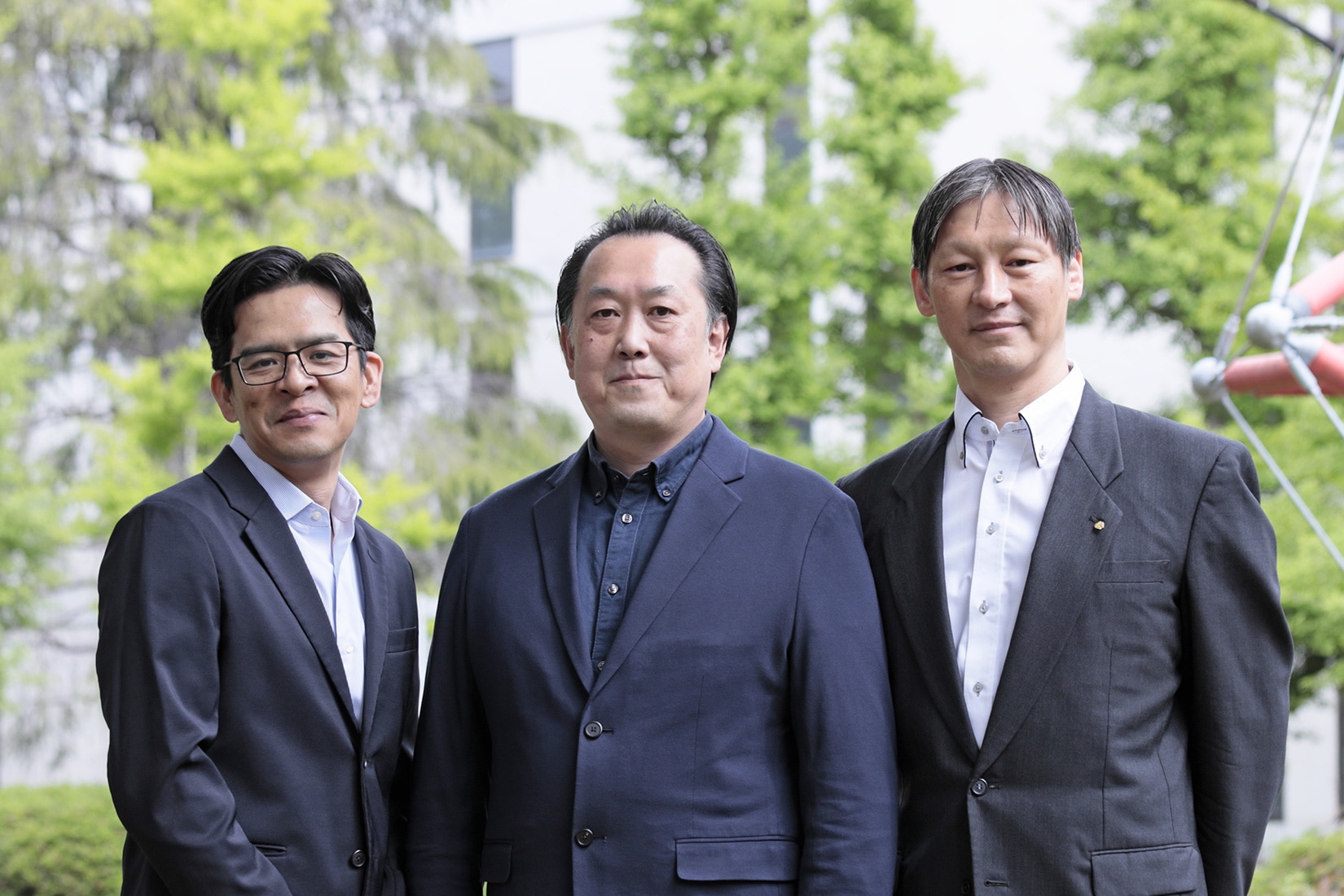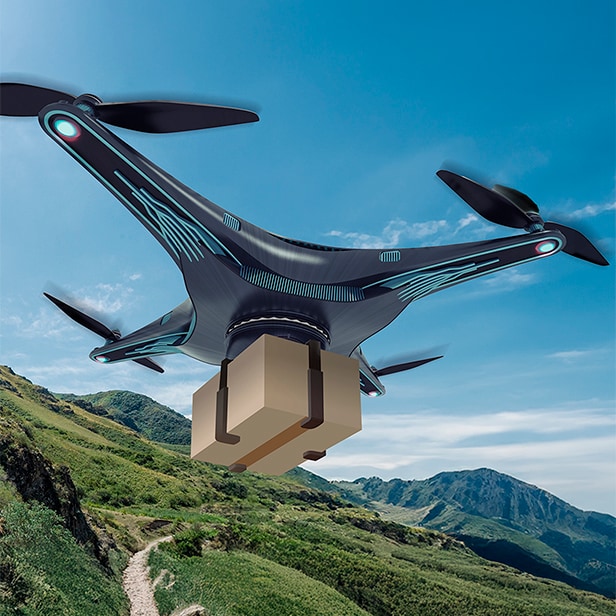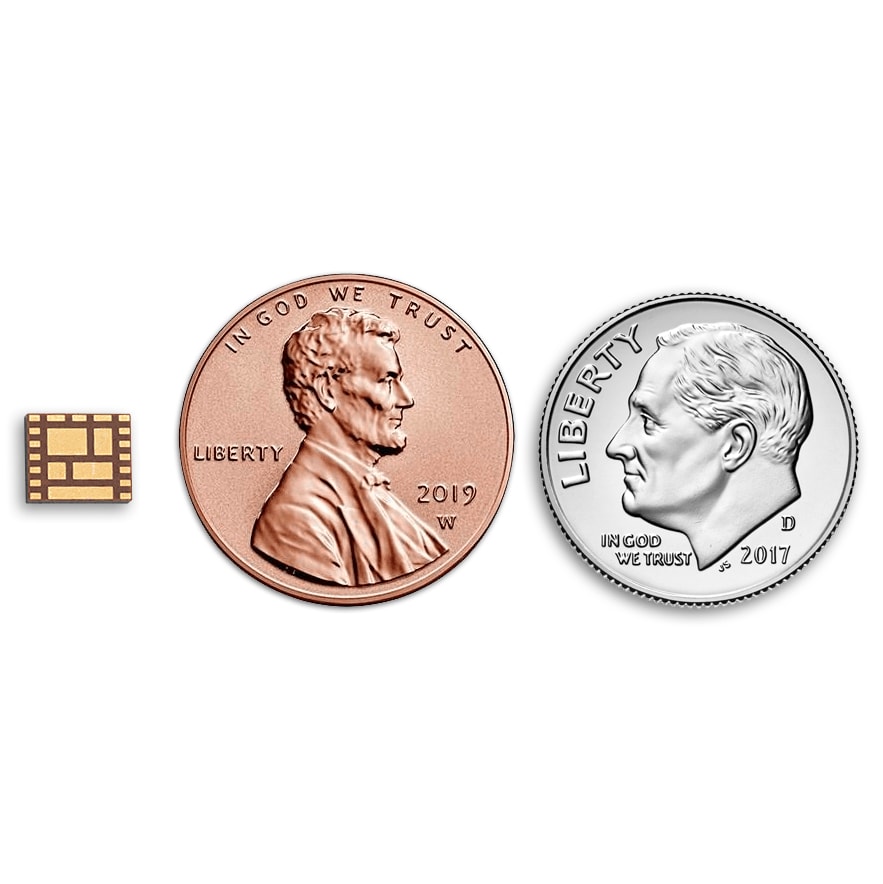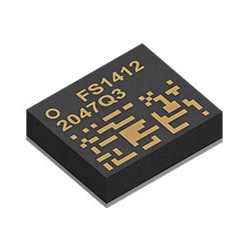

How Can an Ultra-Compact DC-DC Converter Unlock Beyond 5G Technology?
5G services have been commercially deployed since 2019, but to truly realize the benefits of ultra-high speed and ultra-low latency promised by this technology, further advances in the standard are needed. One such innovation is carrier aggregation which boosts communication throughput by utilizing multiple frequency bands simultaneously—and TDK’s ultra-compact DC-DC converters are helping to bring it to reality by powering the FPGAs and next generation chipsets in the network.
▶Related Story
Battling Server Overheating, Enemy of Data Centers
Challenges facing carrier aggregation—a key technology in Beyond 5G
Although 5G (5th-generation mobile telecommunications) services rolled out globally around 2020, it is fair to say that only a few people have yet to truly feel the benefits of 5G. For 5G to improve our lives and society more substantially, numerous challenges remain to be addressed, including the build-out of base station networks, user device adoption, and content development—all of which require continued technological innovation. The next-generation communications system based on 5G and featuring even more advanced capabilities — referred to as Beyond 5G — is expected to debut around 2030. Its features include ultra-low power consumption (1/100th that of 5G), extreme resilience and reliability against security threats and disasters, autonomy that allows devices to work together without human intervention, and scalability that enables seamless connection with satellites and other devices. These all rely on a multitude of technological breakthroughs.
Overview of Beyond 5G
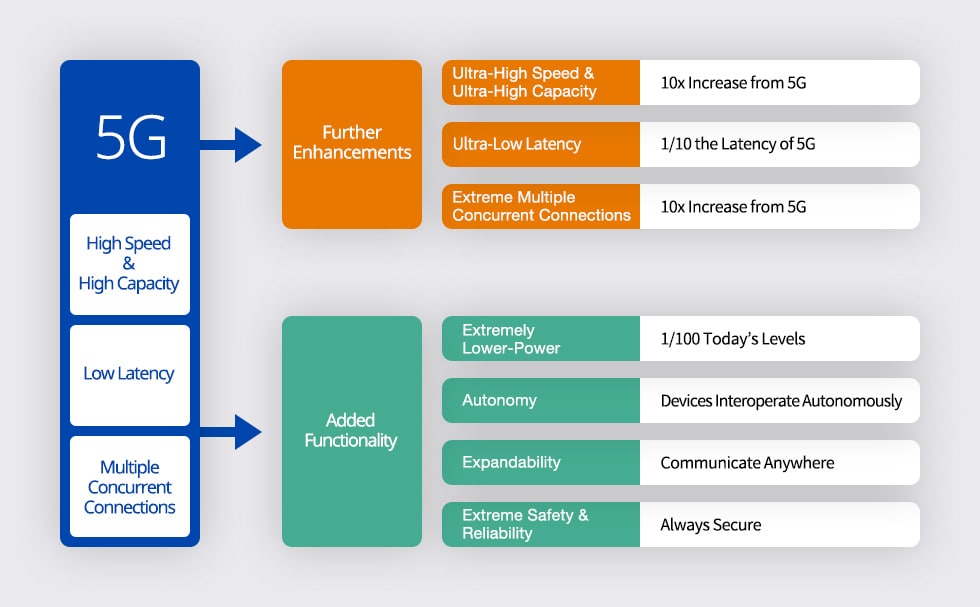
Beyond 5G refers to the mobile communications system that follows 5G, featuring capabilities that will drive new value creation, such as ultra-low power consumption, extreme safety and reliability, autonomy, and scalability—on top of enhancements to existing 5G features like high speed and capacity, low latency, and multiple simultaneous connections.
High speed and capacity — the cornerstone of 5G — is an area where advances are expected to be in high demand in the future. A technology known as carrier aggregation is widely seen as an innovation that will speed up communications by bundling radio waves transmitted across multiple frequency bands. Because bundling requires a large-scale infrastructure of base stations, the deployment of small-cell base stations—compact, low-power stations with narrow coverage areas that augment existing base stations—is already underway. Also important to carrier aggregation are conforming small cells to the next-generation ORAN*1 specifications and enhancements to GPON*2, a fiber-optic transmission technology.
Electronic circuits in these communication systems commonly employ semiconductor integrated circuits (ICs) like FPGA*3s and SoC*4s. Due to their use in small cells, board space is limited—circuits, including ICs, are under pressure to be miniaturized. In particular, space reduction of the power supply section, characterized by a large number of components, is becoming crucial. Specifically, higher current density must be achieved with fewer external components.
An ultra-compact DC-DC converter solution that reduces overall board footprint
To meet these challenges, TDK has developed the FS1412—part of a new series of μPOL™ DC-DC converters—offering the highest-class current density in the smallest-class package in the world. At a minuscule 5.8 mm by 4.9 mm by 1.6 mm, it delivers optimized power in applications where board space is constrained. It can be placed in the proximity of complex chipsets such as FPGAs, SoCs, and ASIC*5s, helping to reduce the overall board size by providing top-class current density while reducing the required number of components. Because it can be mounted close to the chipset, power loss*6 in the board traces is minimized, resulting in exceptional thermal performance, which reduces costs associated with components, board size, and assembly. The FS1412 μPOL™ converter amply satisfies the power supply requirements of FPGAs and SoCs used in applications like small cells, O-RAN and GPON, thereby supporting the progress of carrier aggregation in 5G.
Its versatile utility also lends itself to other applications such as big data, machine learning, artificial intelligence (AI), 5G cells, IoT devices, general telecommunications, and enterprise computing.
Footprint shrunken to one-third of conventional boards
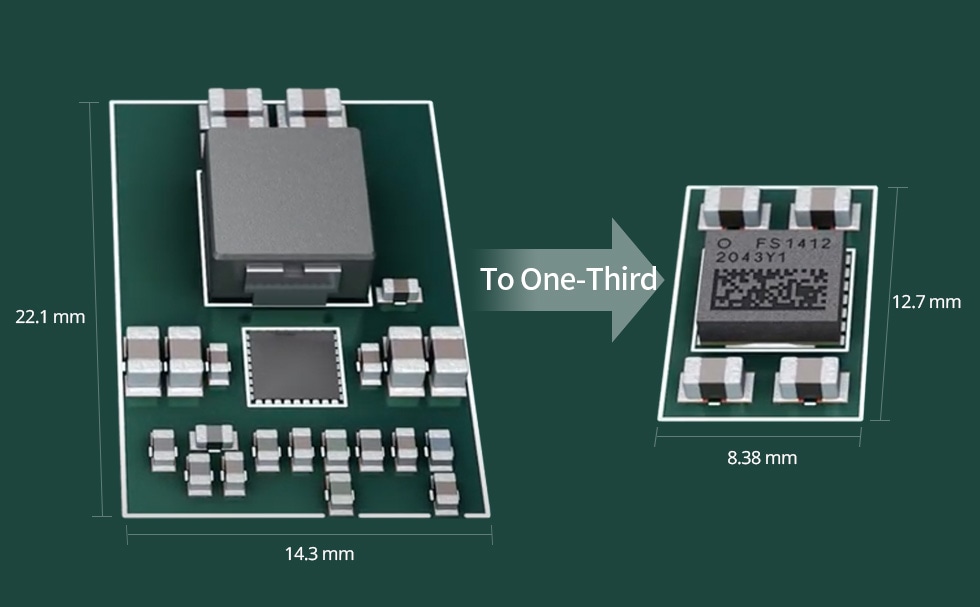
µPOL epitomizes TDK’s core technologies
µPOL™ is a highly functional power semiconductor developed by Faraday Semi—a U.S.-based power supply IC design startup that joined the TDK Group in 2018—embedded in TDK’s proprietary SESUB*7 packaging technology and achieved using 3D integration*8. It is an epitomization of TDK-original technologies, offering top-class current density compared to the competition.
Faraday Semi’s Parviz Parto spoke about future prospects. “The µPOL™ series simplifies overall power supply design by facilitating design at the schematic and layout levels. We firmly believe it is an indispensable product for high-performance chipsets used in carrier aggregation, and we will continue to broaden our product line.”
5G and Beyond 5G, which enable high-speed communications, are expected to drive digital transformation (DX) across a wide range of industries. The 1412 µPOL™ converter is a future-unlocking component indispensable to DX.
FS1412 µPOL™ Converter
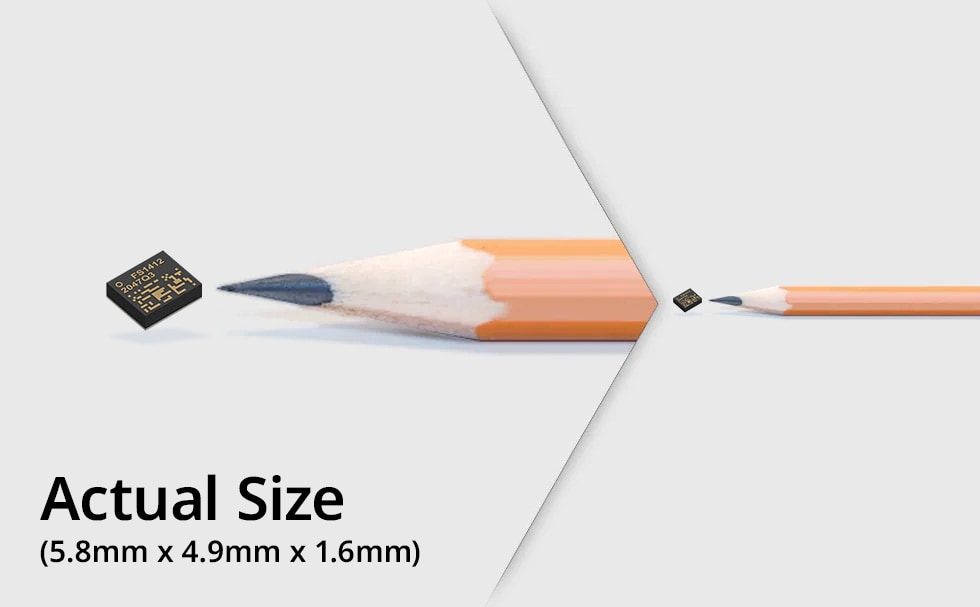
FS1412 operates at a broad junction temperature range, from -40 °C to 125 °C, and features a high current density of more than 1,000 A per cubic inch. For more details, please visit the Product Center.
Terminology
- ORAN: Short for Open RAN. The O-RAN Alliance is working to develop open technical standards for RAN interfaces.
- GPON: Short for Gigabit Passive Optical Network, a technology that allows transmitting and receiving data using a multitude of communication methods over a single PON line in a public optical fiber network.
- FPGA: Short for Field-Programmable Gate Array, a type of semiconductor integrated circuit comprised of gate arrays that allows a designer to configure the circuit’s logic after manufacturing (hence “field-programmable”).
- SoC: Short for System-on-a-Chip, a semiconductor integrated circuit that implements all the functions of a system on a single semiconductor chip.
- ASIC: Short for Application-Specific Integrated Circuit.
- Power loss: Electrical energy lost as heat during transmission.
- SESUB: Short for Semiconductor Embedded in Substrate, a technology that embeds ICs (semiconductors) in a resin substrate and modularizes them by mounting passive and other components three-dimensionally.
- 3D integration: A technology that stacks semiconductor chips to fit them into a single package.

